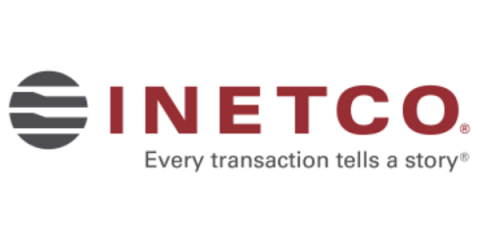Guarding Your Transactions: Tackling Rogue Payment Terminals for Payment Acquirers
You’re in your favorite coffee shop, which you’ve frequented for years. The barista knows your order by heart – a medium, iced, sugar-free vanilla latte with soy milk. As you pay for your coffee, you casually chat with the staff about the weather, completely oblivious that you’ve just been the victim of fraud.









